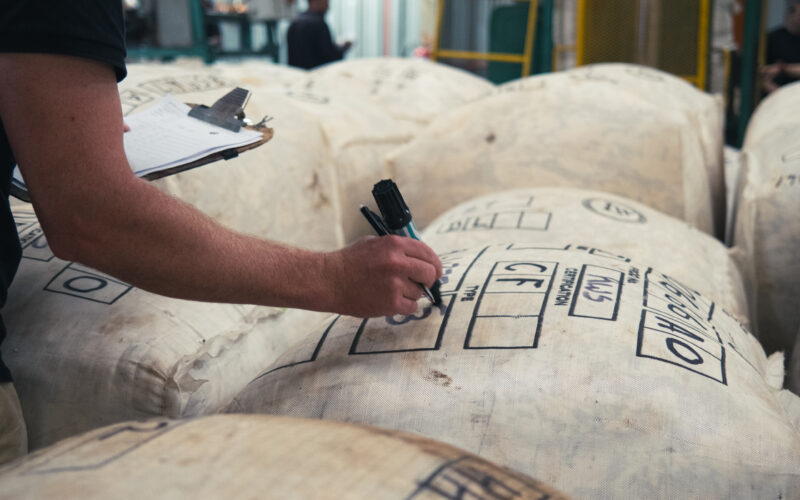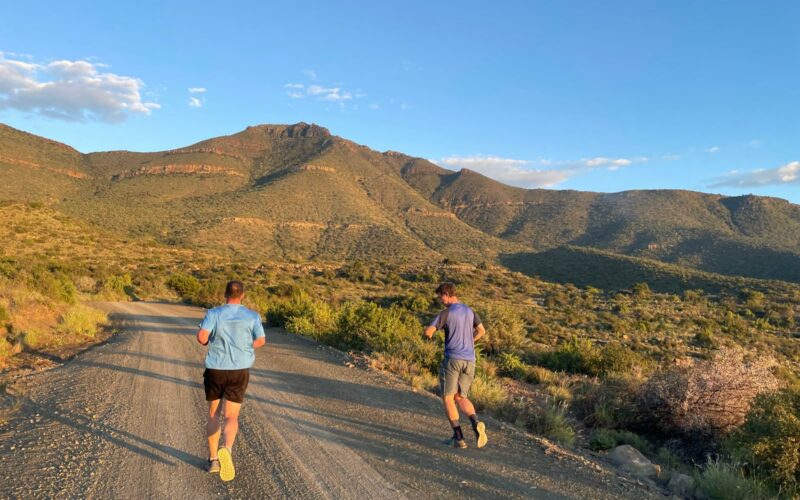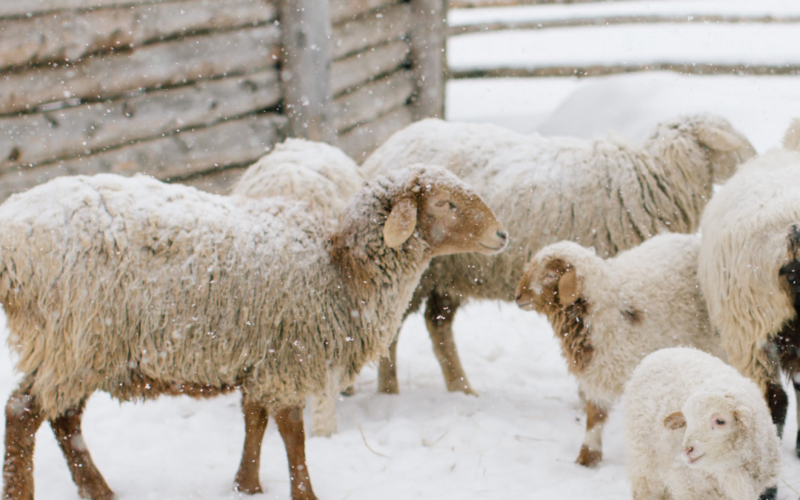An abundant fleece is a real asset for sheep, enabling them to withstand strong changes in temperature and difficult environmental conditions. However, wool fibres grow continuously, so shearing sheep is essential to maintaining their health and well-being.
Shearing, a necessary step for sheep health
The first benefit of shearing for sheep is to relieve them of the heat during the summer months. Abundant fleece can become cumbersome and too hot for sheep. Sheep can easily tolerate outside temperatures of between 10 and 25°C, but the heat can be too much for them beyond that.
Another advantage of shearing is that you can monitor the potential proliferation of parasites in the wool fibres. Sheep are prone to parasitic infections. Depending on the environment, a dense fleece that is subject to a certain amount of humidity can hide scabies, lice or the larvae of other parasites. Shearing is therefore a necessary moment for the farmer to check for the presence of any skin diseases and act accordingly to protect the flock from contagious parasites.
Shearing is also an opportune moment to judge the sheep’s good health, by checking its skin or its weight. Just as an abundant fleece can hide parasites, it can also hide a sheep that is thin or abnormally fat. In this case, it can indicate to the farmer that the sheep identified is potentially ill and needs to be treated by a vet.

From shearing theory to practice
Shearing period for sheep and ewes
Shearing is a necessary step in keeping sheep in good health. Although it depends on the farm, in general the shearing takes place in the spring between April and May, and sometimes in June if the weather is less clement and wetter. This could make shearing difficult because of the dampness of the fleeces. Particularly in hot summer weather, sheep must be shorn before the end of July and August. What’s more, shearing is carried out after lambing, which takes place in mid-April, to avoid any additional source of stress for the ewes. Sometimes, farmers decide to wait until the end of May or June to shear the sheep, to take advantage of the more intense production of wool grease, the fat secreted by the sheep’s skin. The grease makes shearing easier and the wool is considered more ‘mature’ and easier to work with.
For large flocks, shearing is a real organisational task, as the window of opportunity is so tight.
Shearing techniques
Shearing techniques vary according to geographical area and personal preference. Some shearers prefer the “artisanal” method of hand shearing, manual scissors are used that require more energy but allow for more meticulous work. The fastest technique is still electric clipping, which is used in particular for large flocks to make the process easier and quicker. There are several shearing methods, such as the Bowen or Montmorillonnaise method.
A few tips from the professionals on how to do it right:
- Hold the animal firmly between your legs so that it is held without suffering and is therefore relaxed.
- Respect the key positions and be familiar with the sheep’s anatomy.
- Always keep your wrist flexible.
- Get trained or call-in professional shearers.
Whatever the method, shearing sheep is vital not only for their health but also for their well-being throughout the year.




